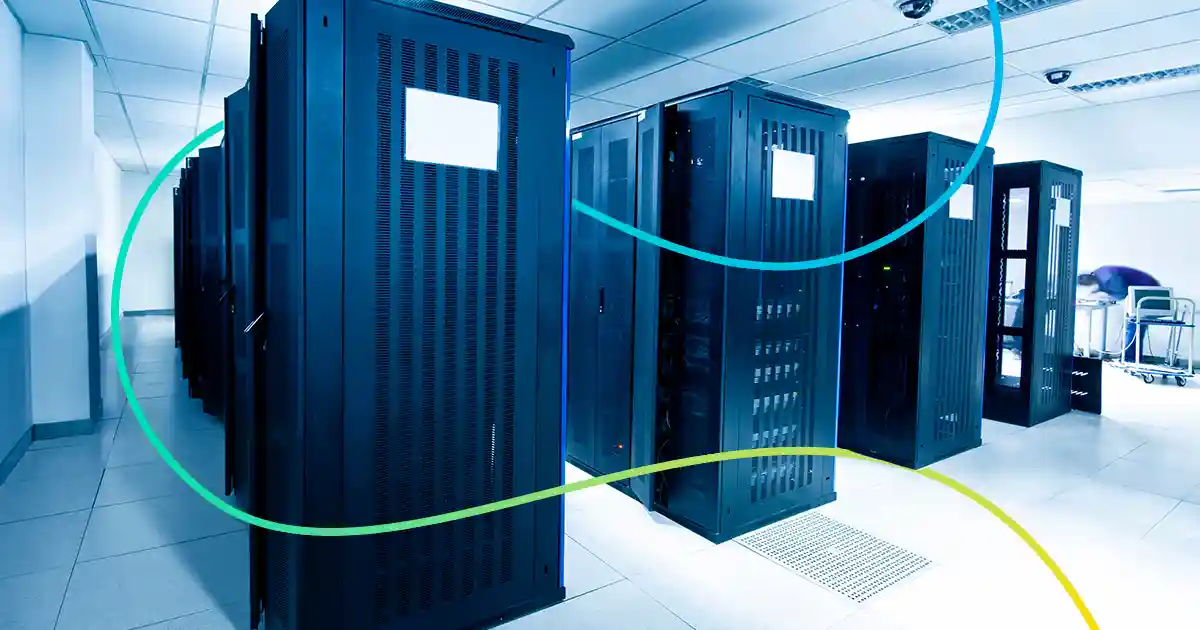Cyberattacks are becoming more advanced, and no organization can take cybersecurity for granted. In order to counter the threats, it's necessary to build a solid defense including both technical measures and long-term management buy-in. CIS18 and ISO 27001 are two widely used frameworks for establishing an effective cybersecurity strategy are, which both offer guidance to minimize risk and strengthen an organization's defenses against cyberattacks.
Although both frameworks have cybersecurity at their core, they differ in focus and application. Understanding the differences can help you choose the best solution or combine them for optimal security.
CIS18 and ISO 27001 - understand what each can do
What is CIS18?
CIS18 was developed by the Center for Internet Security (CIS) and is a practical guide to cybersecurity that focuses on technical controls. The framework consists of 18 areas, each of which includes specific actions in the form of 153 security measures covering areas such as access control, network monitoring, and security configurations.
A particular feature of CIS18 is its division into three implementation groups (IG1, IG2, IG3), which allows the organization to customize efforts based on maturity level and resources. The framework is not intended to be a certifiable standard but rather a concrete guide for organizations that want to strengthen technical cybersecurity measures quickly and effectively.
What is ISO 27001?
ISO 27001 is an international standard setting the framework for information security management systems (ISMS). The standard offers a structured approach to protecting information through a combination of technical and organizational measures. The holistic nature of the standard makes it suitable for organizations that want to integrate information security as part of their strategic management.
A central strength of ISO 27001 is its focus on risk-based methods. Organizations must conduct systematic risk assessments to identify, assess, and manage security risks in a way that is adapted to their specific needs. The standard is also certifiable, making it possible to gain formal recognition of its compliance. In addition, ISO 27001 supports governance through requirements for management involvement, documentation, and a process for continuous improvement.
Merging technology and strategy
CIS18 and ISO 27001 complement each other by combining the operational with the strategic. Where CIS18 focuses on closing specific security gaps quickly, ISO 27001 emphasizes that actions are rooted in an ongoing management process. Combined, they create a cohesive security architecture:
- CIS18 provides practical, technical controls that are easy to implement and adjust as the organization evolves.
- ISO 27001 provides a strategic foundation, where clear requirements for governance, documentation, and continuous improvement ensure that technical measures are part of a long-term, sustainable security strategy.
Which framework should you go with?
CIS18 and ISO 27001 have different strengths and applications, and the choice of framework depends on your organization's specific needs and maturity level.
CIS18 is the obvious choice when:
- The organization is looking for tangible and concrete security improvements.
- The focus is to protect against the most common cyber threats and attacks.
- There is no need for formal certification.
ISO 27001 is to be preferred when:
- The organization wants a broad approach to information security.
- A certification is required to meet customer requirements or legislation.
- Information security needs to be integrated into the business strategy.
In practice, it might be relevant to start with CIS18 to achieve a basic, technical security improvement and then let ISO 27001 take the effort into a broader, strategic framework. Alternatively, the two frameworks can be implemented in parallel so that tactical solutions and strategic management go hand in hand.
A robust and resilient organization
Choosing between CIS18 and ISO 27001 doesn't have to be an either/or choice. Understanding how technical controls and strategic security management interact creates a foundation for a more nuanced and resilient cyber defense. Combining CIS18's operational strengths with ISO 27001's strategic overview gives your organization a dynamic, measurable, and business-like approach to information security.
A great place to start is by conducting a GAP analysis to map where the organization stands today and where the largest security gaps are. Based on this, you can select the most relevant CIS18 controls to quickly raise the technical security level.
Then the next step is to work with the more business-oriented elements of ISO 27001for example, by gradually introducing risk assessments, management involvement, and documentation. With limited internal resources, external advice or specialized tools can help systematize the implementation and ensure that the many requirements do not become overwhelming.
When it comes to implementing cybersecurity measures, it's all about taking small but deliberate steps that are adapted to the organization's maturity, resources, and specific risk profile. Over time, the result will be a robust and sustainable security regime that can withstand today's threats and meet tomorrow's requirements.
READ ALSO: NIS2: Understanding the Network and Information Security Directive



